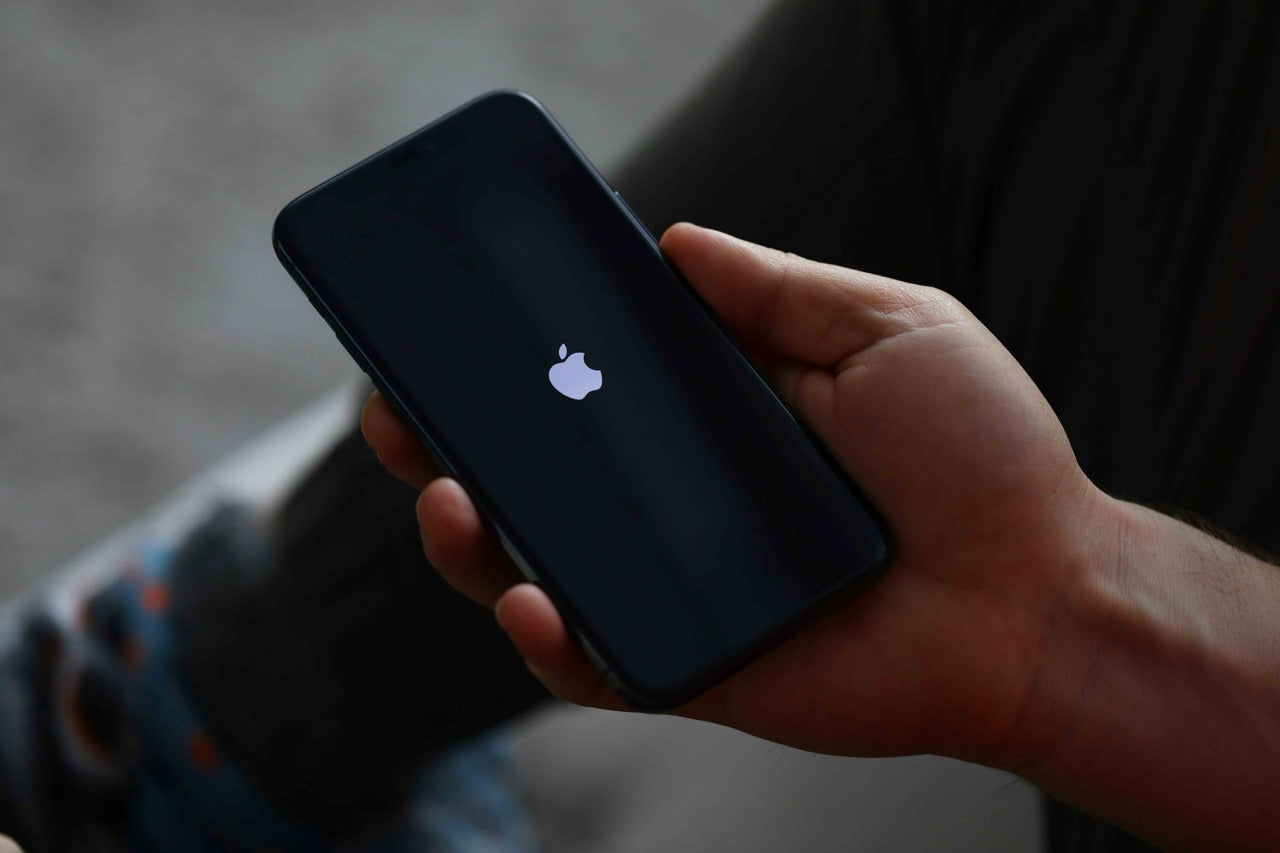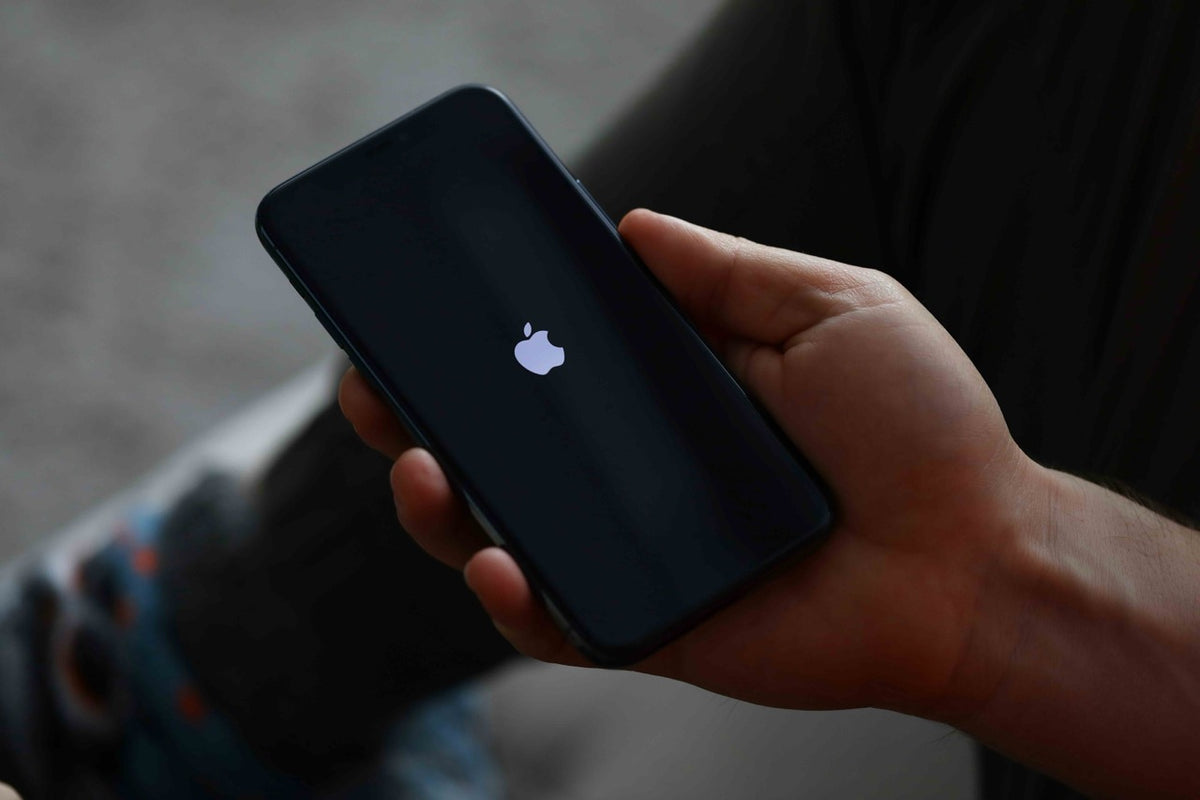Resetting your iPhone can be necessary for a variety of reasons: to fix performance issues, to erase data before selling or giving away the device, or simply to start fresh. Here's a step-by-step guide on the different methods to reset your iPhone, no matter which version you have, and the precautions you should take before you begin.
1. Back up your data
Before resetting your iPhone, it is essential to back up all your data so that you don't lose anything important. You can use iCloud or iTunes/Finder on a computer. Make sure all your photos, contacts, messages, and other important files are backed up.
- With iCloud: Go to Settings > [your name] > iCloud > iCloud Backup and turn on Back Up Now .
- Using iTunes/Finder: Connect your iPhone to a computer, open iTunes (or Finder on macOS Catalina and later), select your iPhone, then click Back Up Now .
2. Turn off Find My iPhone and iCloud
Before resetting your iPhone, it is necessary to turn off the "Find My iPhone" feature to avoid any locking issues. To do this:
- Go to Settings > [your name] > Find My > Find My iPhone .
- Disable the option by entering your Apple ID password.
This also disables Activation Lock, which is important if you plan to sell or give away the device.
3. Reset from iPhone settings
This method is the easiest and most common way to reset an iPhone. Here's how to do it:
- Go to Settings > General > Transfer or Reset iPhone .
- Select Erase All Content and Settings .
- Enter your Apple ID passcode or password if necessary, then confirm.
This method erases all your data and resets the device to factory settings. This may take a few minutes.
4. Reset with iTunes/Finder
If your iPhone is unresponsive or you prefer to use a computer, you can reset your device via iTunes (or Finder on newer Macs).
- Connect your iPhone to the computer and open iTunes/Finder.
- Select your iPhone, then click Restore iPhone .
- Confirm that you want to restore your device to factory settings.
This method also erases all data from the iPhone and reinstalls the latest version of iOS.
5. Reset in recovery mode
Recovery mode is useful if your iPhone is locked or you've forgotten your passcode. Here's how to do it:
- Connect your iPhone to a computer and open iTunes/Finder.
- Force restart your iPhone:
- For models with Face ID: Quickly press the volume up button, then the volume down button, and then hold the side button until recovery mode appears.
- For iPhone 7/7 Plus: Press and hold the volume down button and the side button simultaneously.
- For iPhone 6s and earlier: Press and hold the Home button and the Top or Side button.
- Once in recovery mode, select Restore in iTunes/Finder to reset the iPhone.
6. Reset using iCloud
If you have Find My iPhone turned on and can't access your device, you can remotely reset it via iCloud:
- Go to iCloud.com and sign in with your Apple ID.
- Click Find My > All My Devices > select your iPhone.
- Click Erase iPhone and confirm.
This will erase all data on your iPhone and reset it to factory settings.
7. Reset settings only
If you don't want to erase your data, but only reset some settings, go to Settings > General > Reset , then choose the option that suits you:
- Reset All Settings : This resets all settings (Wi-Fi, network, etc.) without erasing your data.
- Reset network settings : Useful if you are having connection problems.
Conclusion
Resetting an iPhone may seem daunting, but it’s actually a simple process that’s useful in many situations. Whether you want to erase all your data before selling your device or simply fix a performance issue, there are several methods to suit every need. Remember to always back up your data before performing a reset.
For more details, you can check the full guides on Apple Support andIphonix .


Share:
Buy an iPhone 11 without a plan: Everything you need to know to find a cheap iPhone without a plan
Where to buy a refurbished iPhone?